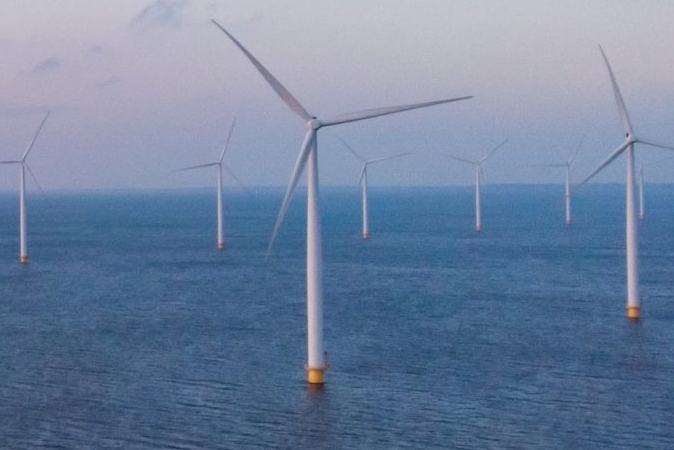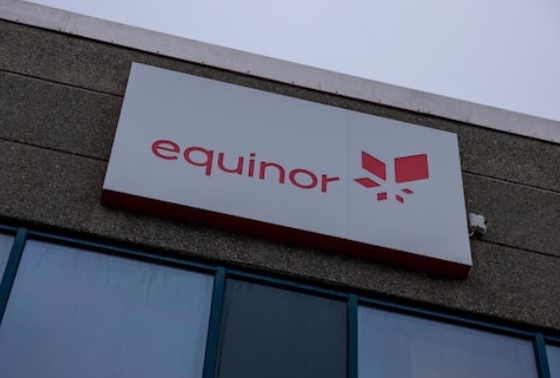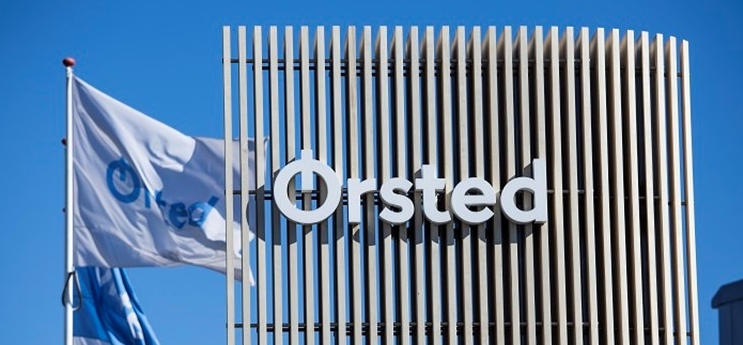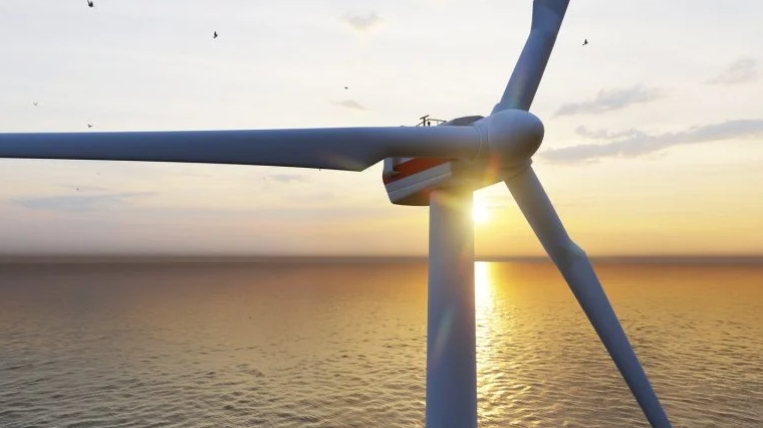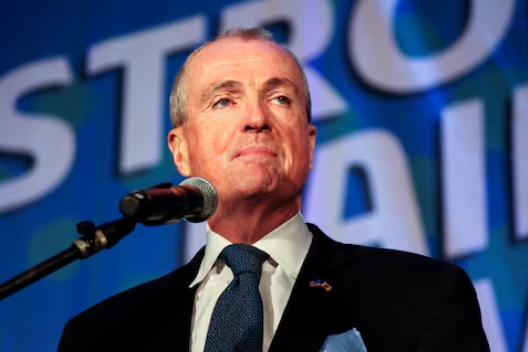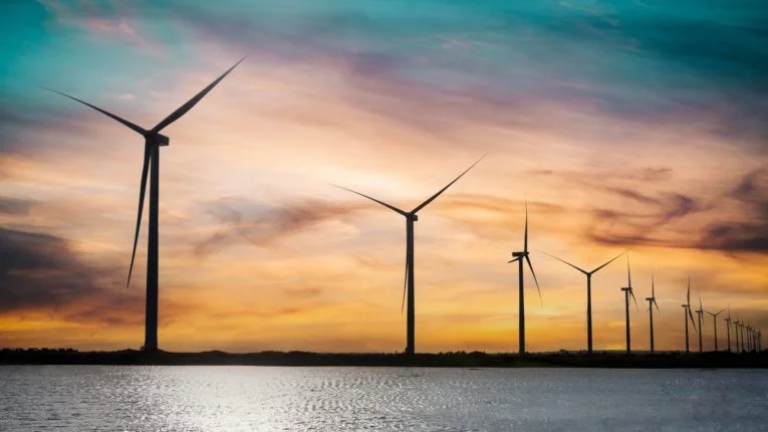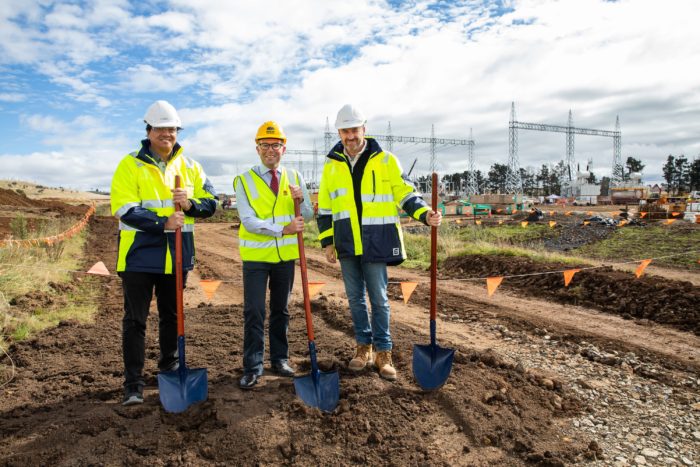
The government of New South Wales has approved plans to increase the maximum sizing of a battery storage system at what could be Australia’s largest project of its type.
New England Solar is a large-scale solar PV power plant project in the southeastern Australian state, on which construction began in early 2021 across land near the town of Uralla in the New England Tableland plateau.
Total generation capacity is planned to reach 720MWac (936MWdc), with the project being built in two phases – the first 400MWac (521MWdc) phase came online in March this year, with the rest to follow.
It is being developed by ACEN Australia, a subsidiary of Philippines conglomerate Ayala Group and the regional division of Ayala’s listed energy development platform ACEN, in a joint venture (JV) with India-headquartered developer UPC Renewables.
At the time installation of battery storage equipment began in March, as reported by Energy-Storage.news, the PV power plant was to be paired with a 50MW/50MWh battery energy storage system (BESS).
However, an ACEN executive said the BESS could be expanded to 200MW/400MWh if market conditions made that economically feasible, and this larger output and capacity for the site was approved by the New South Wales Independent Planning Commission as the entire project was given the green light in 2020.
It received financial support worth AU$12.5 million (around US$8.85 million at that time) from the New South Wales (NSW) Emerging Energy programme a couple of years ago, as it will be sited within one of the state’s major Renewable Energy Zone (REZ) schemes.
More recently, New England Solar was announced as one of four projects – and one of two for ACEN – to win long-term energy service agreements (LTESAs) with the NSW government in a tender to procure renewable energy and energy storage. One of the other winning bids in the competitive soliciation was for a large-scale BESS with 8-hour duration (50MW/400+MWh), by German utility company RWE.
Big jump in size for big BESS
ACEN said in a statement last week that not long after securing that 20-year LTESA, it has received approval for modifications to its plans for New England Solar, from authorities at the New South Wales Department of Planning and Environment.
Primary among those modifications is that the BESS portion of the solar-plus-storage plant can be up to 2,800MWh, at 1,400MW output (2-hour duration). The entire BESS will still fit within the approved boundaries of the project site, in an area close to substation which serves as the site’s connection point to the transmission grid.
That would make it larger potentially than the Waratah Super Battery, also in New South Wales and currently under construction as an asset with at least 850MW output and 1,680MWh energy capacity. What is currently set to be Australia’s biggest BESS project is designed to serve as a “giant shock absorber” for the grid, helping to maintain continuity of electricity supply in outages and other disruptions, as well as helping the state to integrate higher shares of renewable energy.
NSW’s biggest BESS project to date came online just a few weeks ago, a 150MW/300MWh project by developer-investor Edify Energy and fund manager Federation Asset Management comprising three separate large-scale systems.
The BESS technology provider to that portfolio/project, called Riverina and Darlington Point, was Tesla. As with Australia’s biggest BESS currently in operation, the aptly named Victorian Big Battery (300MW/450MWh), dozens of Tesla Megapacks have been brought online at Riverina and Darlington Point.
In other related news, the NSW government has just launched a tender to procure 990MW of renewable energy generation and 550MW of long-duration energy storage (LDES), as part of the state’s energy transition roadmap.
ACEN Australia CEO Anton Rohner noted last week that the state’s coal-fired power stations are due for closing within the next two decades: “large battery energy storage systems like these are critical in replacing that capacity with on-demand energy,” Rohner said.
“The New England Solar battery storage can charge using excess power generated from solar and
wind, and discharge that energy when required. It will be a reliable, cheaper, and greener form of energy generation for NSW.”
Energy-Storage.news’ publisher Solar Media will host the 1st Energy Storage Summit Asia, 11-12 July 2023 in Singapore. The event will help give clarity on this nascent, yet quickly growing market, bringing together a community of credible independent generators, policymakers, banks, funds, off-takers and technology providers. For more information, go to the website.
